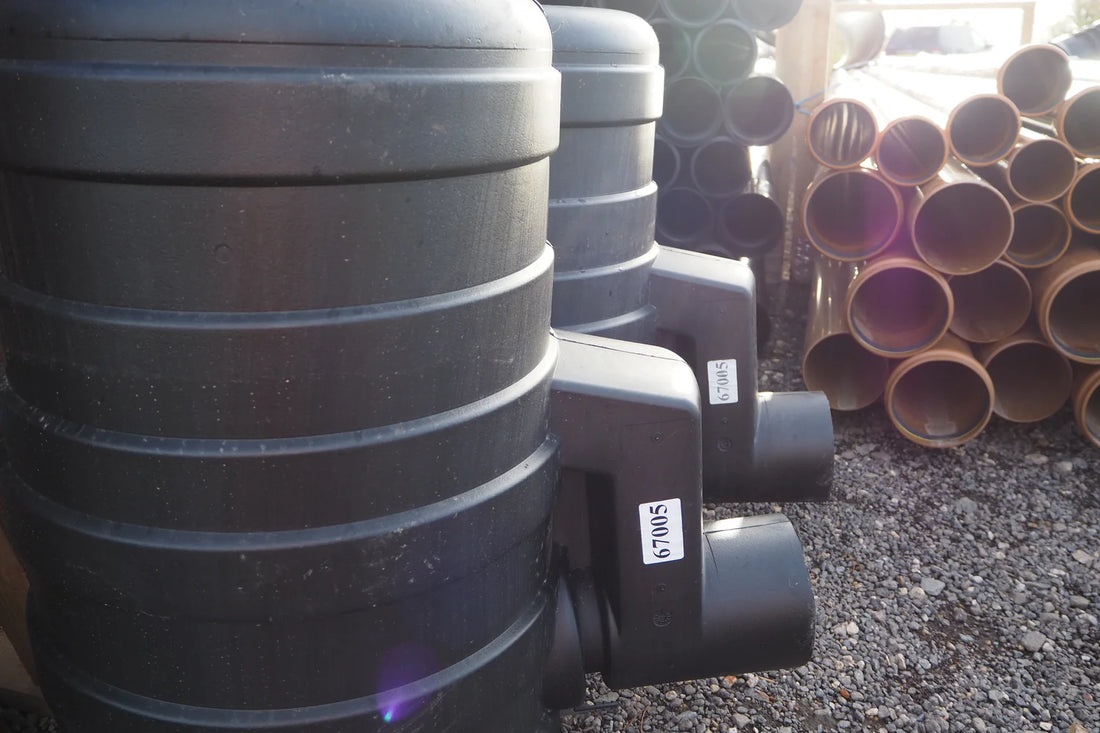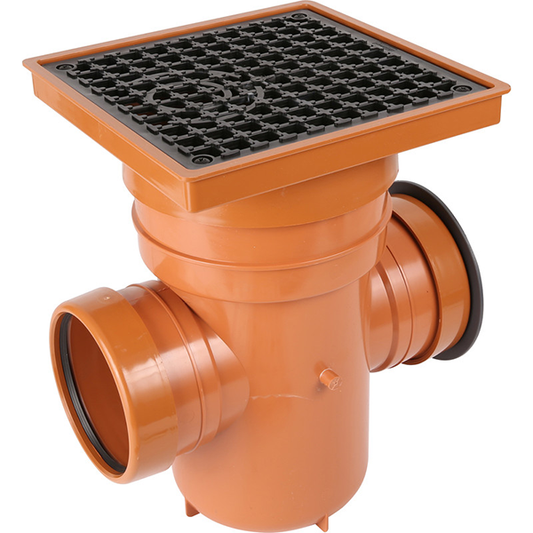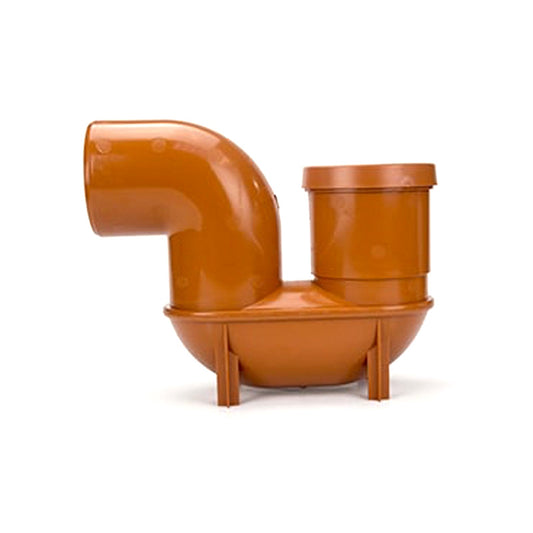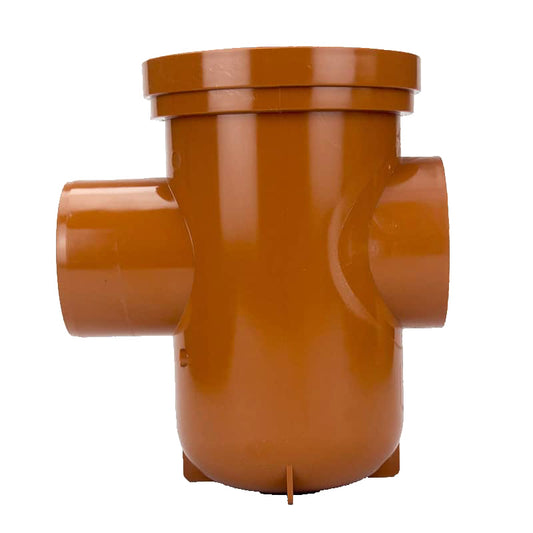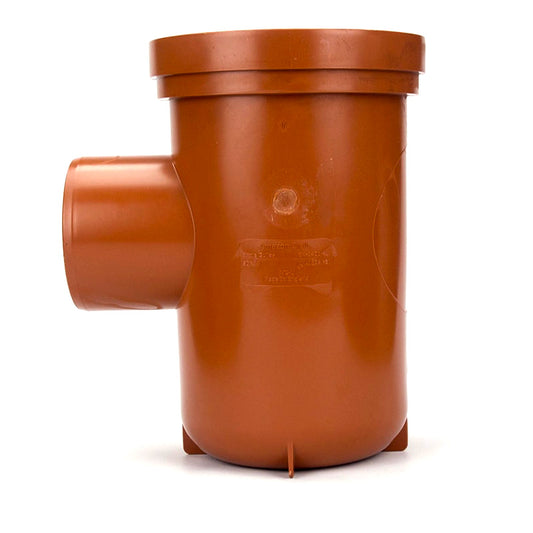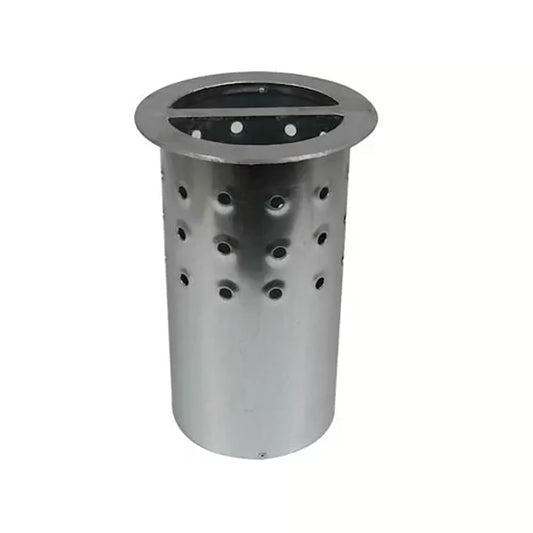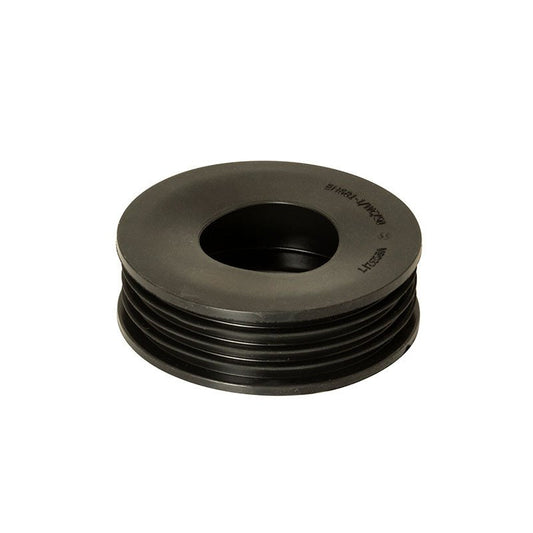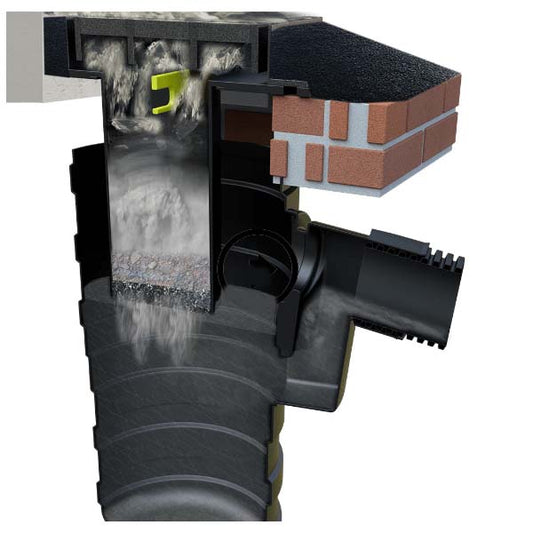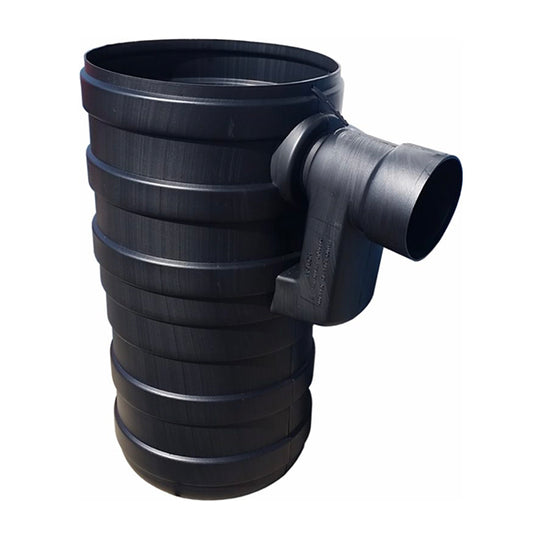Managing your drainage system effectively is crucial, and a gully trap plays a key role in this. It prevents foul gases from entering your home and helps to handle surface water efficiently. Here’s a straightforward guide on understanding and installing gully traps.
Table of Contents
What is a gully trap?
A gully trap is a ground-level basin that captures wastewater and rainwater. It holds water in a U-shaped pipe. A Gully trap will create a seal that blocks sewer gases and traps debris, preventing clogs. These traps are typically found near downpipes or external sinks, managing water from various sources around your home.
Gully traps are crucial for ensuring that unwanted odours don’t leak from your drainage system. They also help to block debris from entering and clogging your drains, helping to maintain a clean and efficient system.
Types of Gully Traps
P trap gully: Ideal for homes, this gully has a U-shaped pipe that holds water to create a seal, keeping unpleasant odours out.
Bottle gully: Features a removable inner container, making it easy to clean and perfect for areas that tend to accumulate debris.
Back inlet gully: Offers flexibility with connections from the back, ideal for specific site conditions.
How to install a gully trap
Site preparation: Choose a spot where water naturally collects, like near your downpipes. Dig a hole wide and deep enough for the gully trap, ensuring space for a stable base.
Base preparation: Lay a compacted bed of gravel or hardcore at the bottom for stability. Place the gully trap on this base, making sure it’s level.
Pipe connections: Securely attach the inlet pipes to prevent leaks. Connect the outlet pipe with a slight gradient to the main drainage system to facilitate proper water flow.
Sealing and stability: Seal the joints with cement or mortar to ensure they’re watertight. Backfill around the gully trap with compacted soil or concrete, making sure the top edge is flush with the ground surface.
Final adjustments: Check the alignment of the gully trap to prevent water pooling. Pour water into the trap to test for proper flow and leaks.
Maintenance tips
To keep your gully trap in top shape, clean it regularly by removing debris and leaves. Inspect the seals and joints to ensure they remain watertight, and occasionally flush the system with clean water to maintain flow efficiency.
How can we help?
At Cotterill Civils, we offer a wide range of durable and efficient gully traps and drainage solutions at competitive prices. Our expert team can help you choose the right products and design custom systems tailored to your needs. We also provide professional installation services to ensure everything is set up correctly. Call our friendly team a call on 0121 351 3230 today.
Alternatively, fill out our enquiry form:





